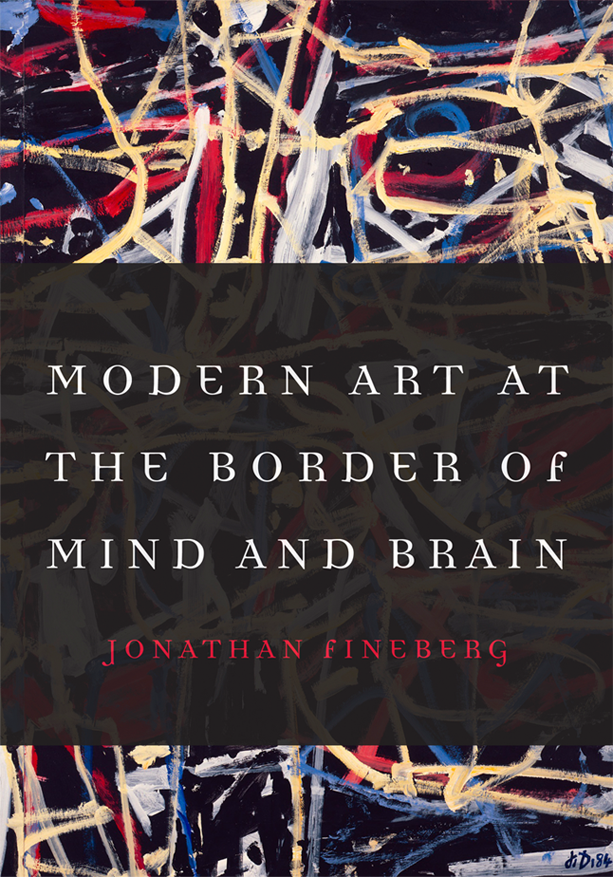‹ Art History
University of Nebraska Press, 2015
"This is your brain. This is your brain on art. Jonathan Fineberg shows us just how art's very ambiguity and subjectivity enables the brain to adapt and grow in ways that help us navigate our brave new multiverse. His book is an endlessly fascinating account of the mechanics of our perceptions when confronted with the ruptures of the new. It's a wild ride!"
Fred Tomaselli, artist, NY
"Art, like falling in love, simultaneously disorganizes and nurtures the self toward a creative reordering..." It's hard not to love Fineberg's book, informed by fifty years of writing about art, and intelligently engaging neuroscience and psychoanalysis to make a case for the fundamental importance of art. With elegant and concise prose, the author crafts a particularly eloquent argument for the power of abstract art as an articulation of thought in form. Looking at art allows us to confront the new and bewildering. Seeing literally alters our brains.
Dorothy Kosinski, Director,
The Phillips Collection, Washington, D.C.
Don’t be deceived by the brevity of this book. In it, Jonathan Fineberg gives a thrilling and inspiring account of the fundamental problem in abstract art – the representation of visual forms. It should be must reading for all who are interested in neuroesthetics and the elusive problem of form representation.
Semir Zeki, Professor of Neuroesthetics, University College London
Order from
University of Nebraska Press
Amazon
